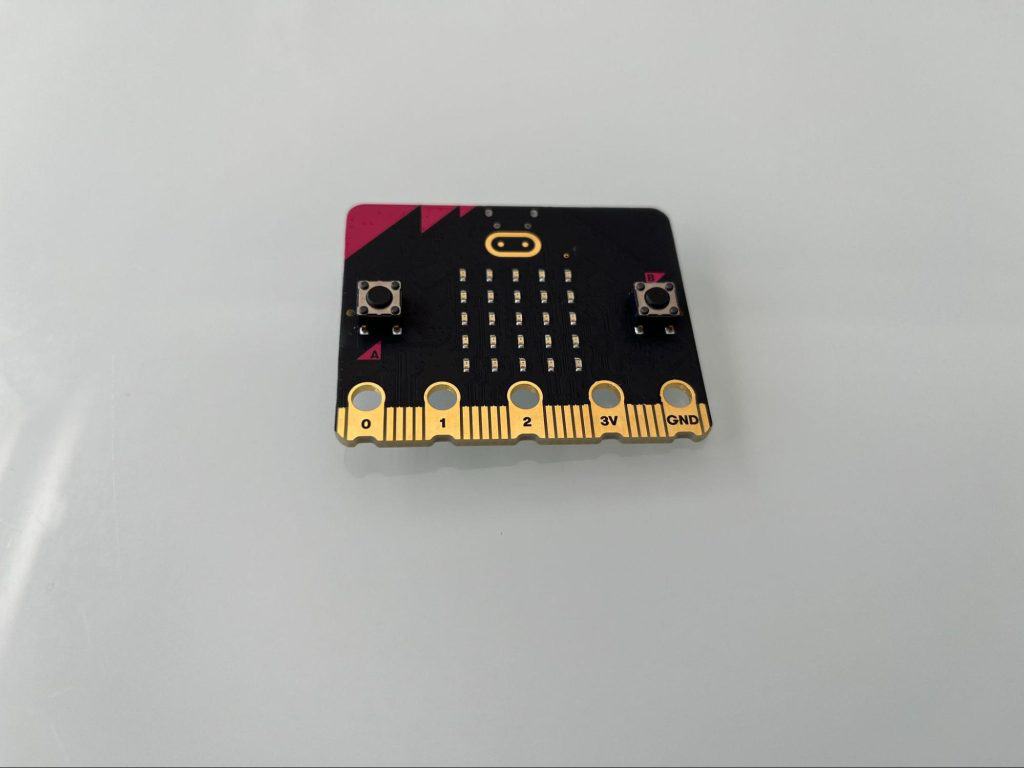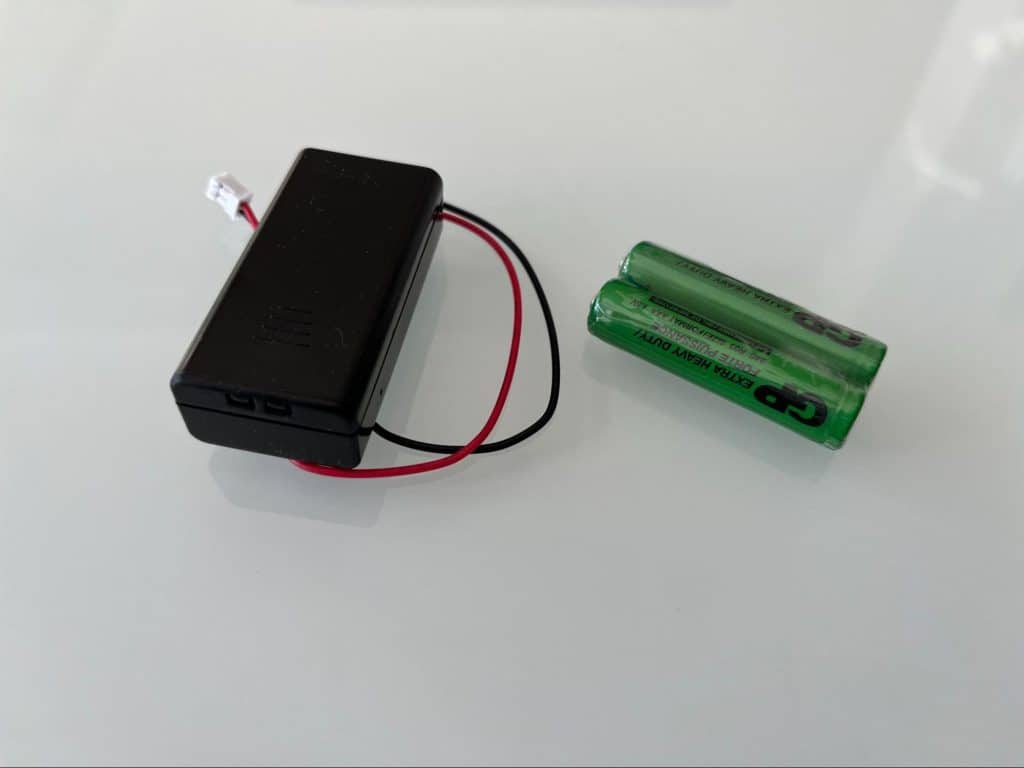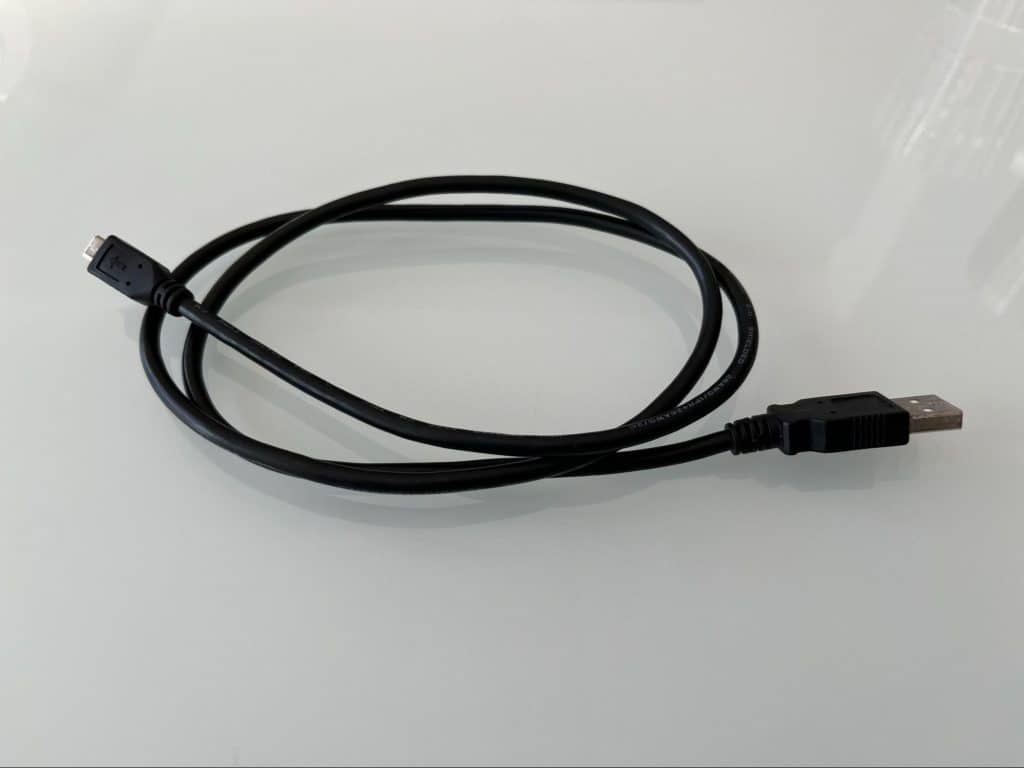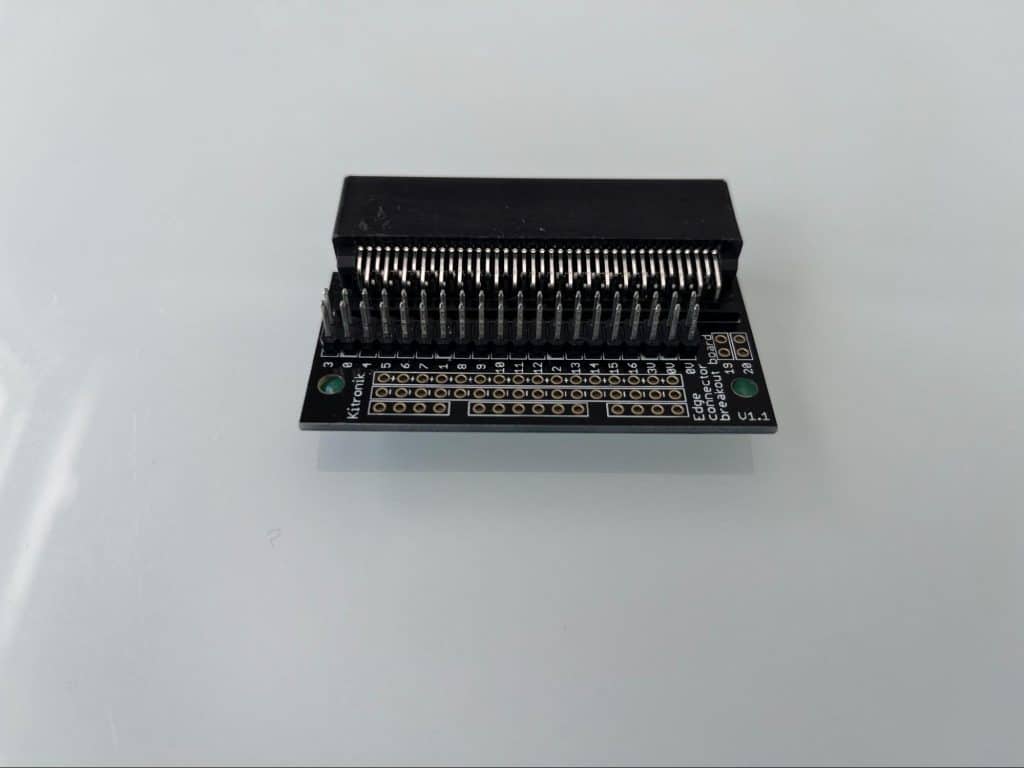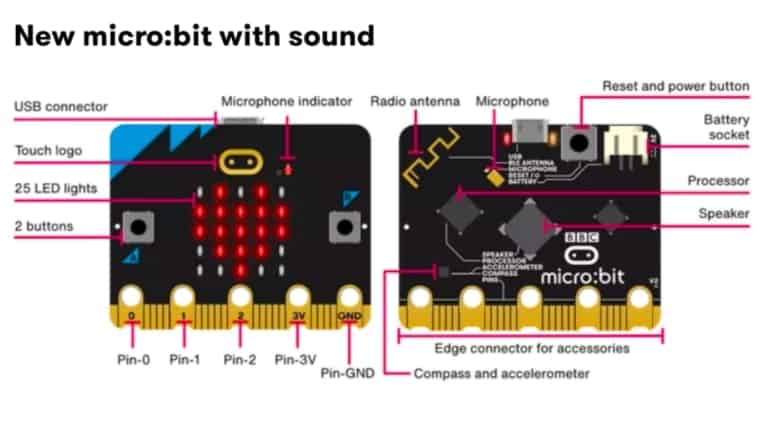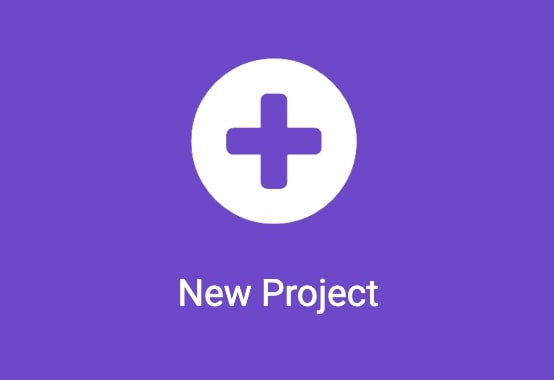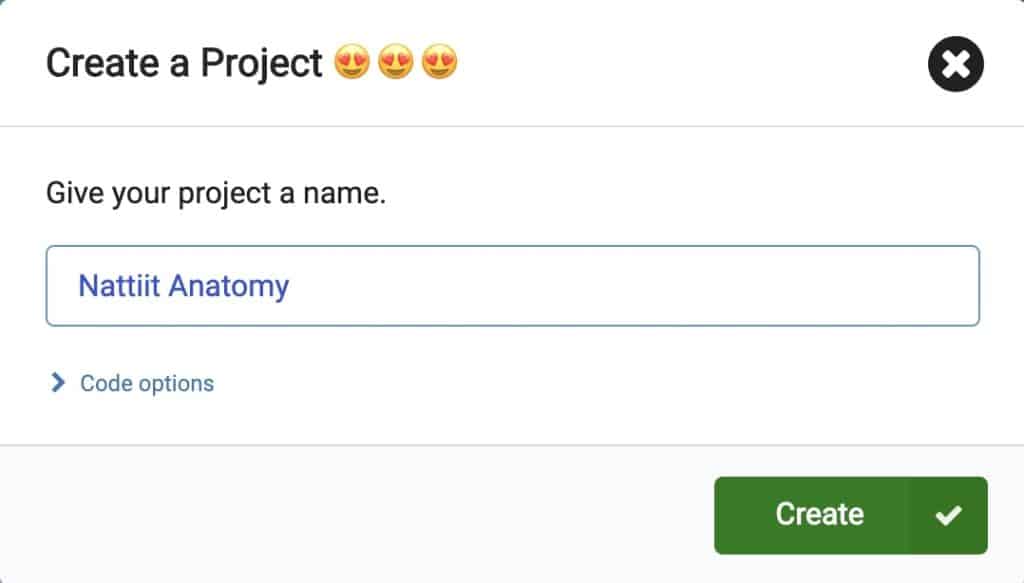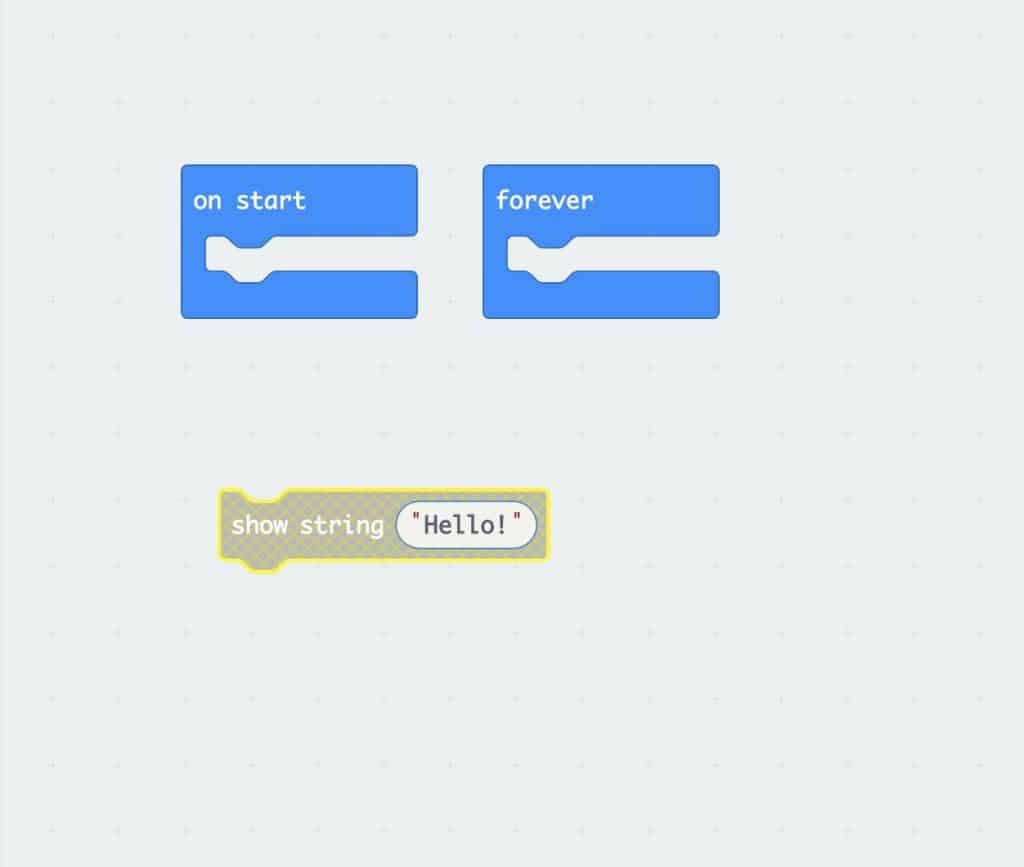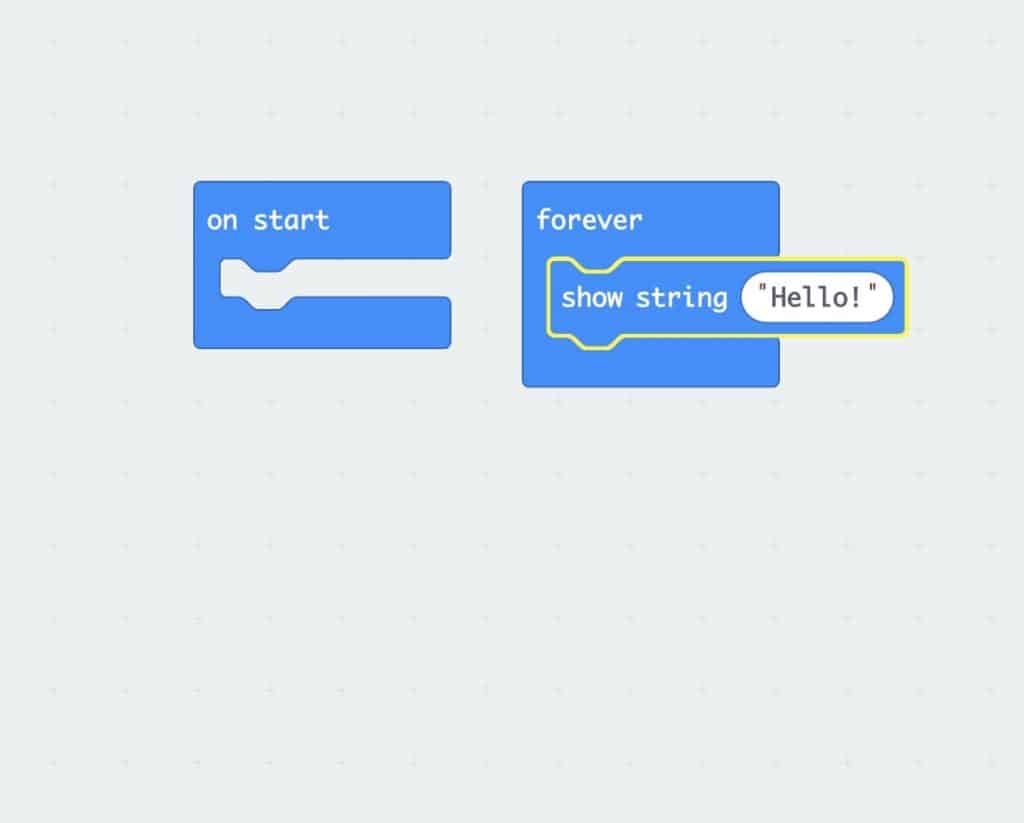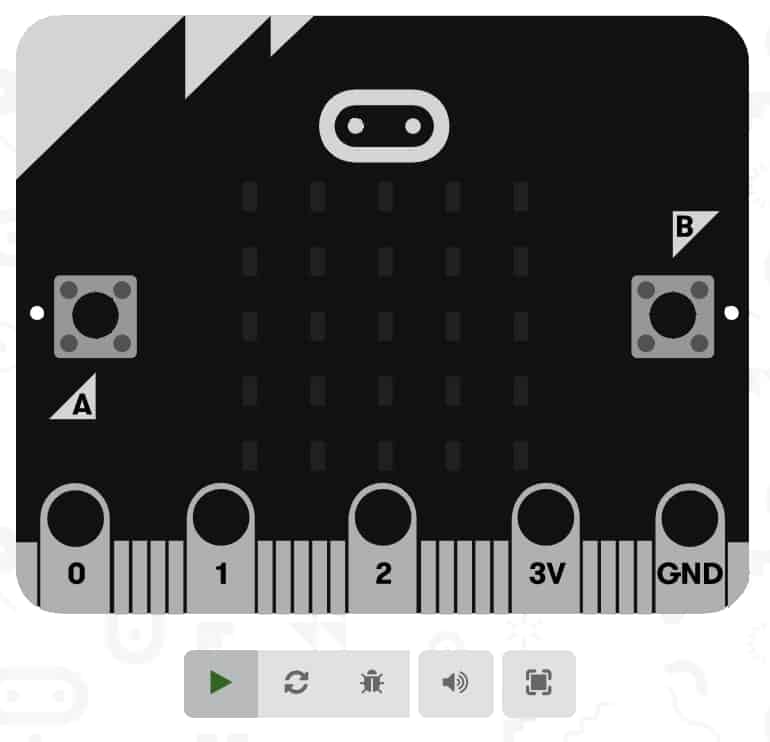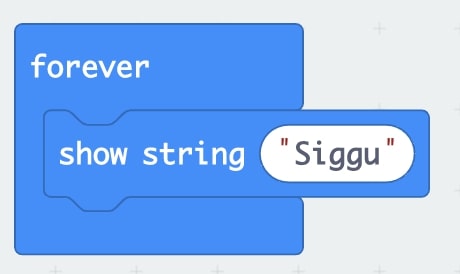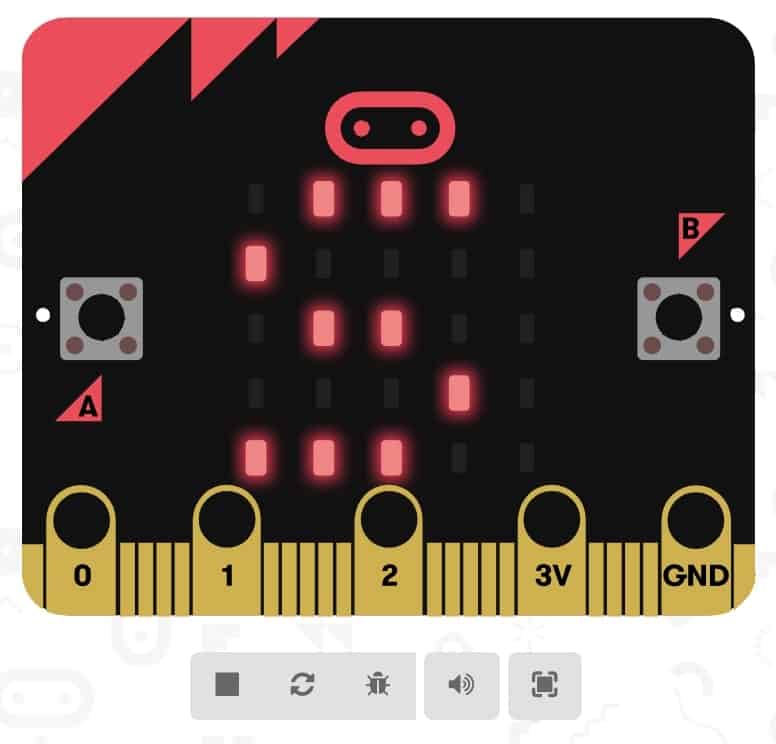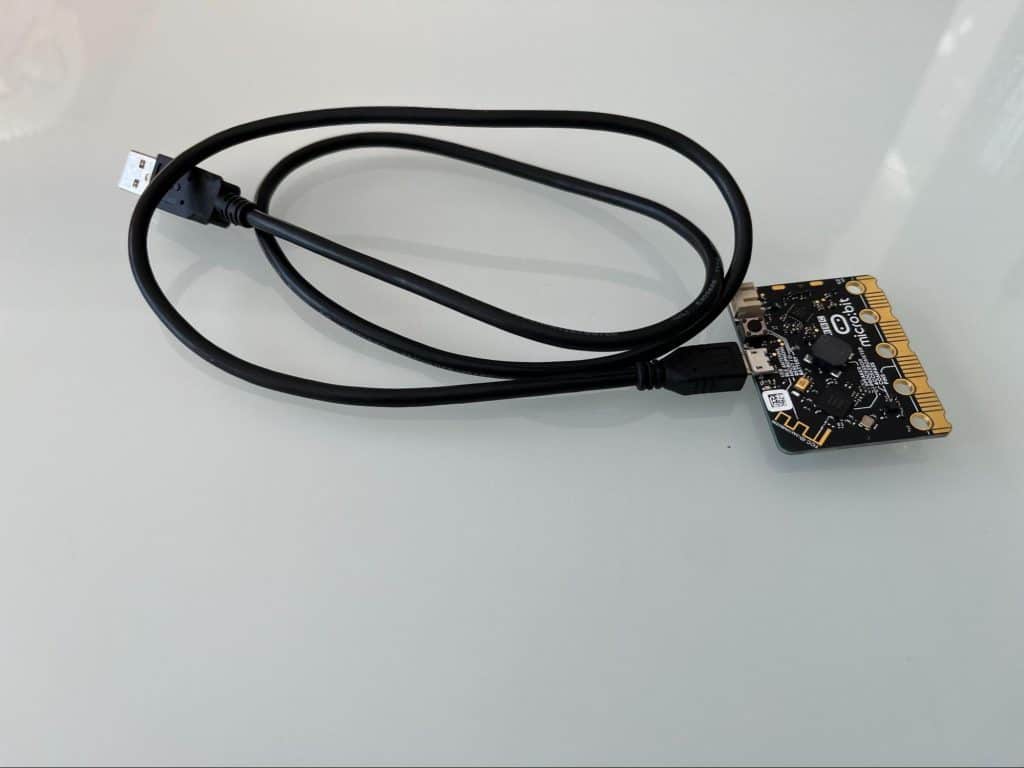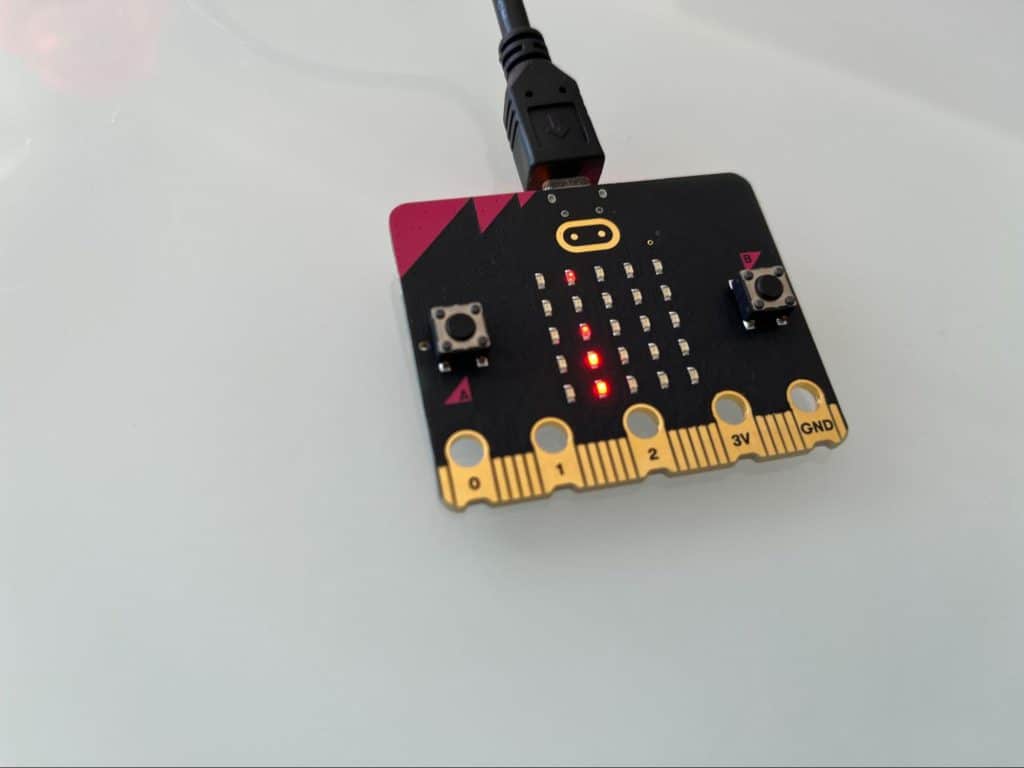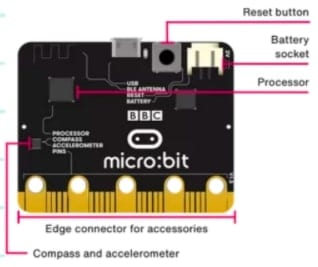Overview
In this lesson, students learn about nattiit (ringed seals) from both a biological and an Inuit perspective. Students gain a holistic understanding of how these marine mammals interact with their Arctic environment and how they are a part of regular life in the North. Accompanying this lesson is a podcast with Inuk researcher Enooyaq Sudlovenick, in which she discusses her interest in nattiit and how to incorporate both Inuit Qaujimajatuqangit Principles (Inuit guiding principles) and Western knowledge. The lesson concludes with a brief introduction to the micro:bit and MakeCode environment to prepare learners for the activities that follow.
Learning Objectives
- Learn about nattiit and how they are part of Inuit life
- Learn about the basic habitat of nattiit
- Avatittinnik Kamatsiarniq: Respect and care for the land, animals, and the environment
InInuit Qaujimajatuqangit Principles
Note: Sometimes known as IQ principles, or Inuit guiding principles. It should be noted that the spelling of Inuit terms often differs, according to dialectal differences. The concepts remain shared despite spelling differences (Tagalik, Shirley. Inuit Principles of Conservation- Serving Others).
- Qanuqtuurunnarniq (Being resourceful to solve problems)
- When hunting nattiit, Inuit hunters use a naluaqtuut (a sharp hunting tool) to get close to an individual nattiq (ringed seal). They place a feather over the nattiq’s breathing holes in the ice to see when they are about to surface.
- Avatimik Kamtsiarniq (Promoting environmental stewardship)
- Inuit use all the parts of nattiit. Clothing is made out of the sealskin so nothing is wasted.
- Pijitsirniq (Serving)
- A hunter who catches a nattiq always shares it with other people. By catching the nattiq, hunters are serving their community by providing food.
- Tunnganarniq (Being welcoming, open, and inclusive)
- If a hunter catches a nattiq on the ice, the hunter welcomes the other hunters in the area to have tea and fresh nattiq liver.
- Pilimmaksarniq/Ikajuqtigiinniq (Working together for a common cause)
- The important skills needed for harvesting and preparing the nattiq are taught to the younger generation through observation and practice.
Vocabulary
- nattiq
- ringed seal
- nattiit
- ringed seals
- Inuit Nunangat
- land where Inuit live
- nanuq
- polar bear
- nanuit
- polar bears
- tiriganiaq
- Arctic fox
- tiriganiat
- Arctic foxes
- naujaq
- seagull
- naujait
- seagulls
- siggu
- snout
- umiit
- whiskers
- iggiaq
- esophagus
- kanivautik
- diaphragm
- kukik
- claws
- puvait
- lungs
- tinguk
- liver
- aqiaruq
- stomach
- sungaq
- gallbladder
- inaluat
- intestines
- niaquq
- head
- qisik
- skin/fur
- uummatik
- heart
- taliruq
- fore flipper
- saaminiit
- front ribs
- uqsuq
- fat
- Iiiq
- anus
- saqpik
- back flippers
- naluaqtuut
- a sharp hunting tool made from a white material with a wooden frame and a handle
Materials
- Podcast with Enooyaq Sudlovenick sharing her perspectives on incorporating both Inuit and Western knowledge into her work. The Root & STEM podcast can be found where you listen to your podcasts, as well as on the Pinnguaq website.
- Nattiq poster
- Nattiq worksheet
- Memory Game about the nattiq
Storytime
Before starting the lesson, read the students a story about nattiit. Any one of these suggested stories is appropriate to the lesson.
- All About Seals by Ibi Kaslik
- Aglu Hunting by William Flaherty and Malcolm Kempt
- Palluq and Inuluk Go Hunting with Their Ataata by Jeela Palluq-Cloutier, Illustrated by Michelle Simpson
Introduction and Know – Want – Learn Exercise
Nattiit are marine mammals that are integral to Inuit all across Inuit Nunanganit. In this lesson, we look at what nattiit are, their habitats, why they are hunted by Inuit, and how Inuit consume and use them.
To start the lesson off, ask the students to create a Know-Want-Learn (KWL) chart.
- K – What I know
- W – What I want to know)
- L – What I learned
Before the lesson starts, students write or draw what they already know about nattiit and what they want to know about them (leave the “L” section until the end of the lesson). Once they have written that down, ask a few students to share their charts with the whole class.
Listening Activity
Enooyaq Sudlovenick is is a PhD student whose research focuses on marine mammals and Inuit Qaujimajatuqangit. Listen to this podcast to learn about her research with the nattiq and how she considers both Western knowledge and Inuit Qaujimajatuqangit in her approach to research.
You can listen to the podcast by visiting the Pinnguaq website.
Discussion Questions
- What are some of the ways the nattiq is important to Inuit?
- How did Inuit Qaujimajatuqangit change the approach to research with regards to the nattiq project?
- What are some of the changes we see in the ocean when temperatures increase?
- What were some of the observations Enooyaq found in the tissue samples of the nattiq?
- How might IQ principles change approaches to conservation?
What are Nattiit?
Depending on what students indicated they already know about nattiit, either review the following information or provide a more detailed lesson.
Nattiit are animals that live in the ocean and rely heavily on sea ice. They are mammals that live in the Arctic and can be found as far south as northern Japan. The length of a nattiq is 1.5 metres and they weigh between 50 and 75 kilograms. Their main diet is fish and invertebrates. Nattiit are grey with black spots with white around the spots, which are surrounded by light grey rings. They can live for up to 30 years. The population of nattiit varies but there are approximately 2,000,000! Nattiit breed annually from April to May. Known predators of nattiit are nanuit (polar bears), tiriganiat (Arctic foxes), and Inuit.
Where Nattiit Live
We are looking at nattiit that live specifically in the areas where Inuit live and consume nattiit, but nattiit are located all across the Arctic.
Nattiit live in Arctic waters and are commonly found on ice floes. Floes and pack ice are used for resting, pupping, and moulting. Nattiit do not like to come ashore but prefer to inhabit areas near the breathing holes they create in the ice or ice cracks so they can escape predators easily. Arctic sea ice is integral to their survival.
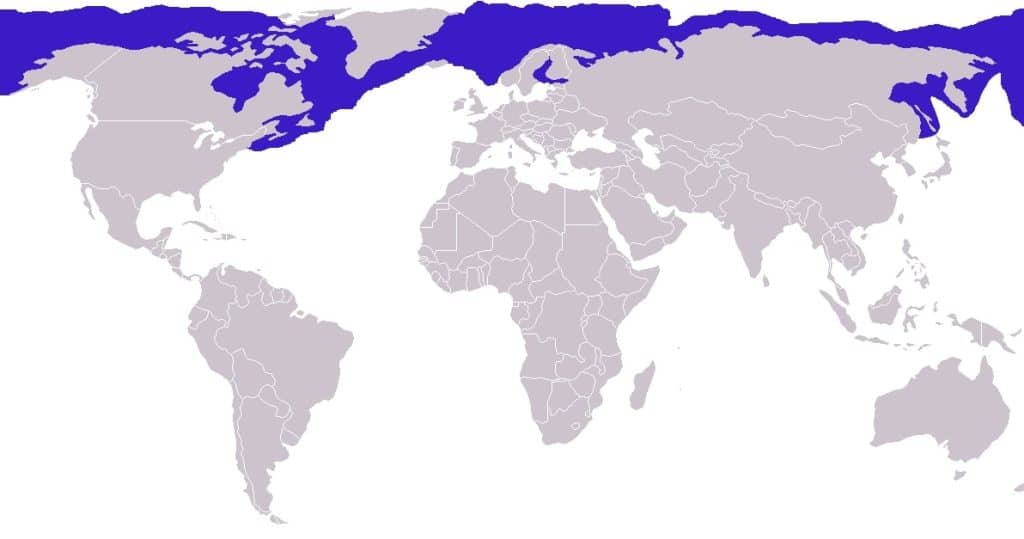
How Inuit Use Nattiit/Innovations
Inuit use all of the nattiq. Nattiit are a major element of Inuit diet and clothing. To get a better understanding of how nattiit are used, we will look at how Inuit hunt, consume, and use them.
Students learn the different parts of the nattiq, which parts are eaten, how each part of the fur is used, and for which garments.
Show the students the nattiq poster and discuss the body parts of the nattiq. Ask students which parts of the nattiq they have eaten.
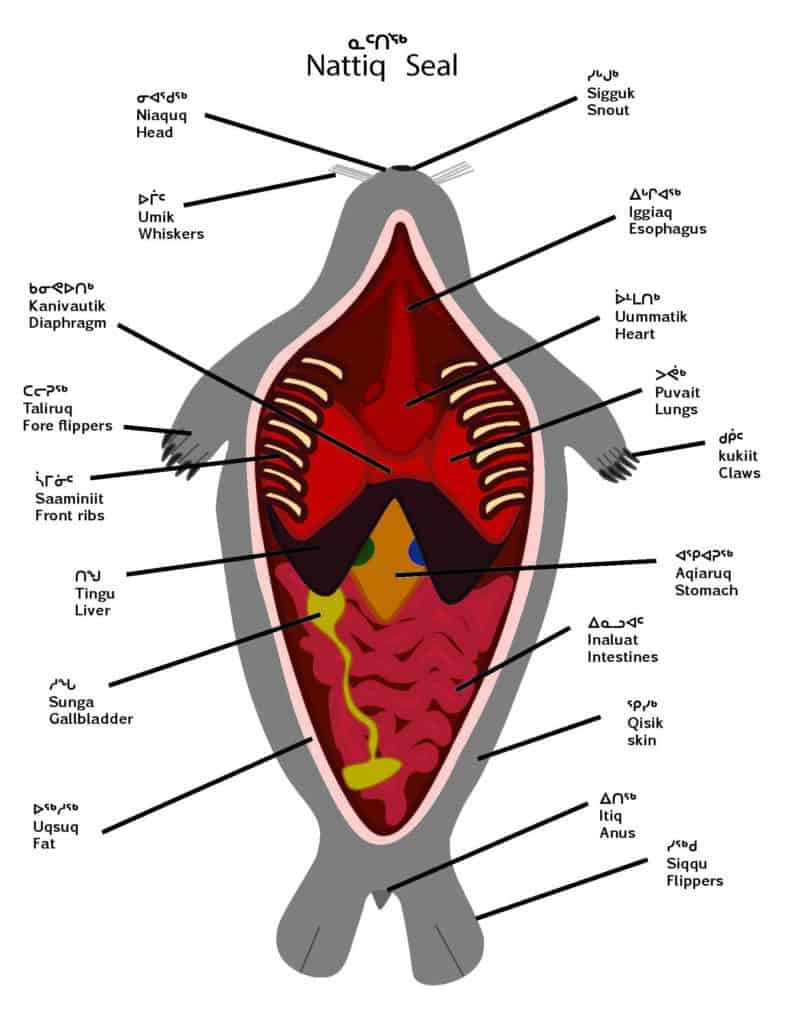
Innovation
Sealskin is adapted to the Arctic environment. The fur is waterproof and very warm. Inuit have observed this and use the fur to make warm, waterproof clothing, such as kamiik (boots), parkas, amautiit (a baby carrier), and pualuk (mittens). Inuit have also used uqsuq (nattiq fat) to fuel the qulliq (the light source and cook top inside an igloo).
Food
Nattitt are rich in nutrients. Nattiit contain vitamin A, which helps humans see in the dark and provides protection against infection; vitamin D, which builds strong bones; omega-3 fatty acids, which are important for brain development and help the heart and blood vessels work properly; zinc, which helps in fighting infections and healing wounds; iron, which is essential for blood; and selenium, an antioxidant that prevents cells from being damaged.
Crafts
Using sealskin scraps has taken new forms of crafting, from creating jewelry, like earrings and necklaces, to making small pouches and bags, all of which contributes to the Inuit economy.
Completion of ‘L’ Portion of KWL Chart
- Task 1 – Students complete the “L” part of their KWL by adding a few points about what they learned in this lesson
- Task 2 – Using the nattiq worksheet, have students label the parts of the nattiq
Nattiq Anatomy Tech Activity
After learning about the parts of the nattiq, divide the class into small groups or pairs. Assign each group one part of the nattiq and challenge them to display its name in Inuktitut on their micro:bit.
Follow the activity guide below.
Conclusion
Digital Memory Game Activity
Welcome to the ocean conservation memory game! Here we will learn why ocean conservation is important and learn about nattiit!
Resources
- Facts about Seals
- Researcher Enooyaq Sudlovenick
- Introduction to Scratch Series
- Why the Seal Hunting Controversy is Outdated
- Angry Inuk – Alethea Arnaquq-Baril joins a new tech-savvy generation of Inuit as they campaign to challenge long-established perceptions of seal hunting
- Researcher Enooyaq Sudlovenick’s Website
- Using Twine to Understand our Responsibilities to Mother Earth: Environmental Protection from a Two-Eyed Seeing Perspective
- Inuit Principles of Conservation: Inuit Values (Grades K–3)
- Inuit Principles of Conservation: Serving Others (Grades 4–6)
- Inuit Principles of Conservation: Becoming Capable (Grades 7–8)
- Inuit Principles of Conservation: Inuit Leadership (Grades 9–12)


